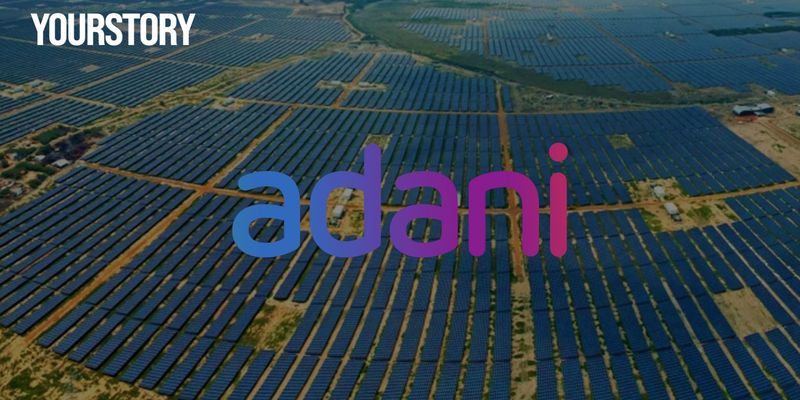
India faces a monumental task: providing sufficient energy for its booming population while transitioning away from fossil fuels and mitigating climate change.
Adani Group’s Big Bet on Solar Power
Enter the Adani Group, a prominent Indian conglomerate, with a bold move towards clean energy. Led by billionaire Gautam Adani, the group is constructing the world’s largest solar and wind power plant in Gujarat, western India. This ambitious project, called the Khavda Renewable Energy Park, will sprawl over a vast 200 square miles – even visible from space! With a hefty price tag of $20 billion, the park is expected to generate enough clean electricity to power 16 million Indian homes upon completion in five years.
India’s Clean Energy Goals: A National Imperative
The Khavda Renewable Energy Park is a crucial piece of the puzzle for India’s clean energy aspirations. Prime Minister Narendra Modi has pledged to meet 50% of India’s energy needs with renewable sources by 2030. Additionally, India aims to achieve net-zero emissions by 2070 and boasts a target of generating 500 gigawatts of electricity from non-fossil fuel sources by 2030.
Adani Group’s Energy Transition: A $100 Billion Commitment
The Adani Group is putting its money where its mouth is with a staggering $100 billion investment planned for the energy transition over the next decade. Notably, 70% of this investment will be directed towards clean energy solutions like solar and wind power. This aggressive shift coincides with India’s projected exploding energy demand.
The Looming Energy Demand Boom
Despite being the world’s third-largest energy consumer, India currently relies heavily on fossil fuels – coal, oil, and solid biomass account for 80% of its energy needs. However, with a rapidly growing economy and rising incomes, energy demand is expected to double. Analysts predict a significant surge in India’s urban population, leading to a massive increase in electricity requirements for homes, businesses, and air conditioning (due to rising temperatures caused by climate change).
Fossil Fuels vs. Clean Energy: A Tightrope Walk
India simply cannot rely on fossil fuels to meet its growing energy demands without severe consequences for the climate. Adani acknowledges this, recognising that continued dependence on coal would hinder global efforts to combat climate change.
However, the Adani Group also faces criticism for its ongoing involvement in fossil fuels. The conglomerate remains a significant coal mine developer in India and operates the controversial Carmichael Coal Mine in Australia, despite opposition from environmental groups. Critics argue that the Adani Group should dedicate all resources to developing clean energy technologies instead of maintaining its fossil fuel portfolio.
Adani defends his approach by highlighting the need to address the basic energy needs of over 600 million Indians expected to enter the middle and upper classes in the coming decade. He maintains that a complete shift to renewables is not currently practical. Furthermore, he emphasises the unique challenge India faces in balancing economic growth with clean energy development, urging developed nations to acknowledge the complexities faced by developing countries.
A Step Towards a Clean Energy Future
Whether the Adani Group can successfully navigate this tightrope walk of fossil fuels and clean energy remains to be seen. However, the Khavda Renewable Energy Park undeniably represents a significant step towards a cleaner energy future for India.
Edited by Rahul Bansal


![Read more about the article [Exclusive] Vauld to seek 3-month moratorium extension as creditors panel explores bailout options](https://blog.digitalsevaa.com/wp-content/uploads/2022/11/VauldStoryCover-01-1667408888809-300x150.jpg)
![Read more about the article [Funding alert] Mintifi raises $40M led by Norwest Venture Partners, Elevation Capital](https://blog.digitalsevaa.com/wp-content/uploads/2022/02/ImagesFrames17-1644325692088-300x150.png)




![Read more about the article [Funding alert] Drone manufacturer ideaForge raises $20M led by Florintree](https://blog.digitalsevaa.com/wp-content/uploads/2022/04/ImagesFrames49-1651145838776-300x150.png)

